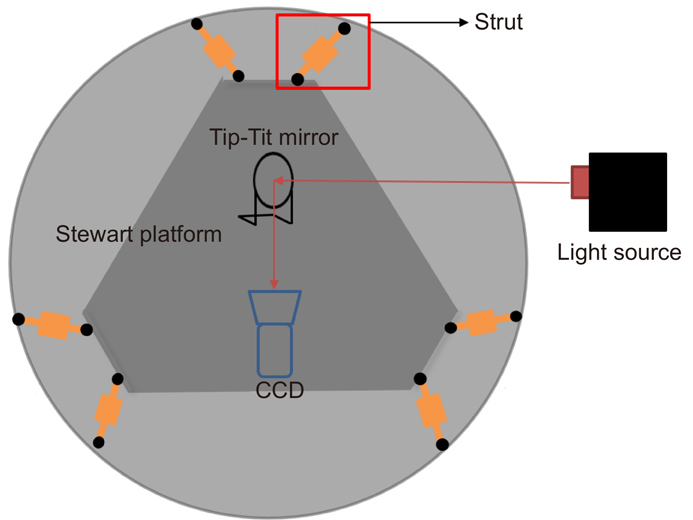Liangzong Zhang, Tao Yang, Yun Wu, Tao Tang. Image measurement-based two-stage control of Stewart platform[J]. Opto-Electronic Engineering, 2022, 49(8): 220019
Search by keywords or author
- Opto-Electronic Engineering
- Vol. 49, Issue 8, 220019 (2022)
Abstract

Set citation alerts for the article
Please enter your email address



